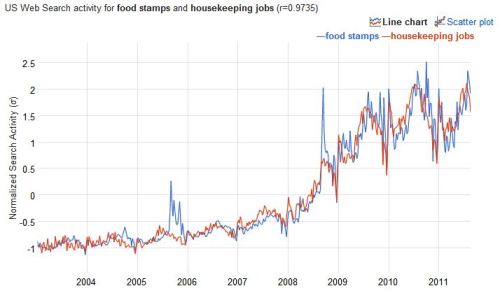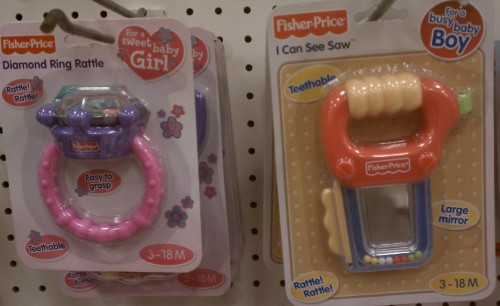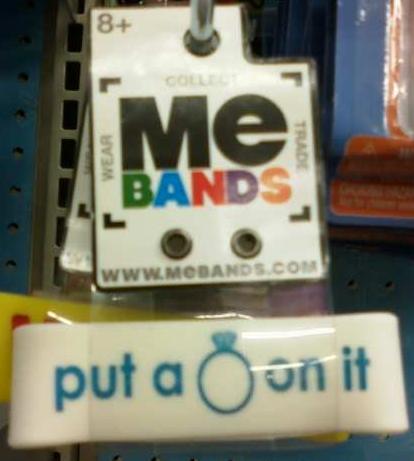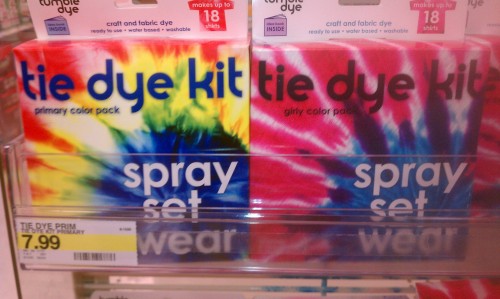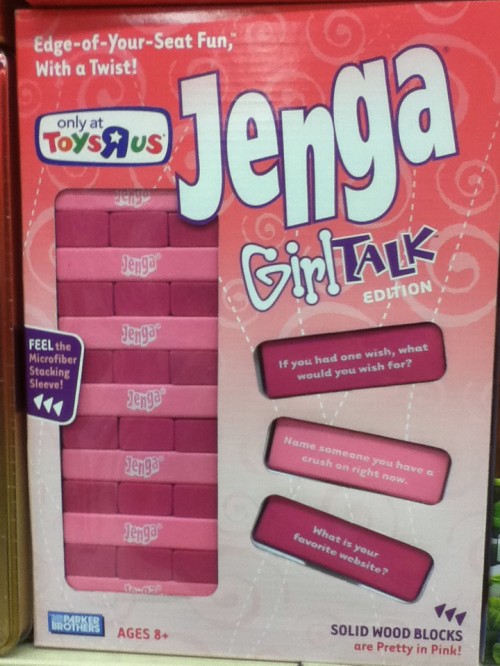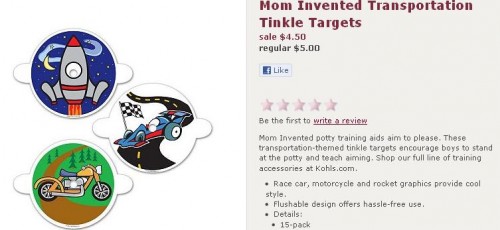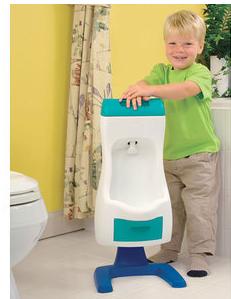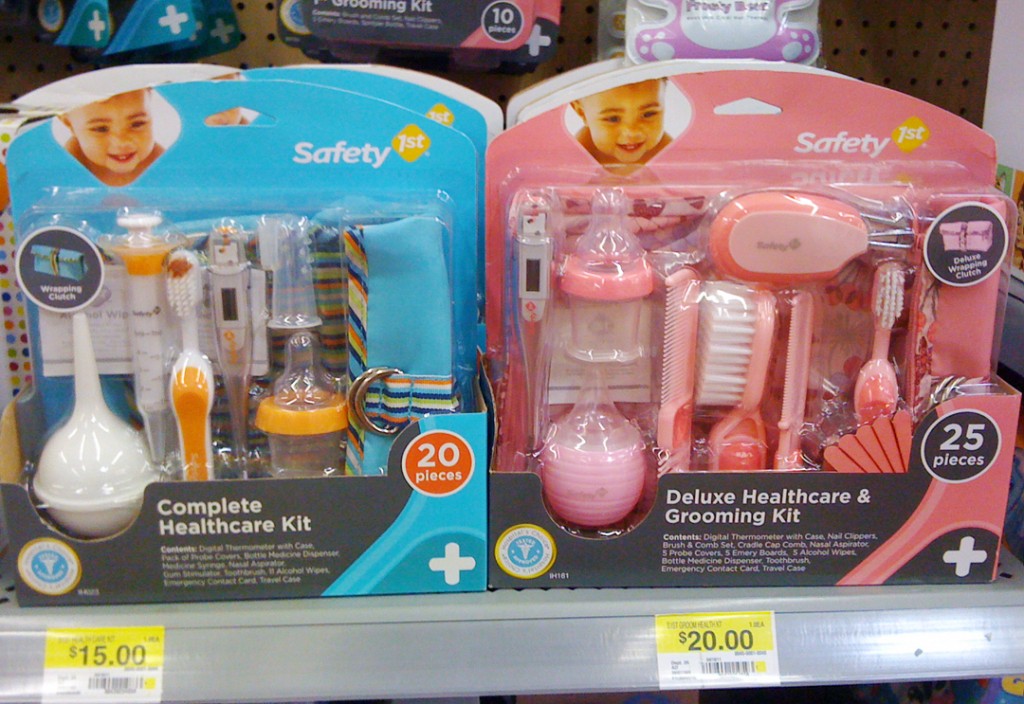Cross-posted at The Oreo Experience.
With the summer over, it’s time for Hollywood to pull out a new season of films. Here’s some of what’s coming up this fall and winter. For each trailer, I note what white people get to do and what non-white people get to do.
Let us begin:
Bucky Larson: Born to Be a Star
Things White People Get to Do: Be part of a loving family, be content with simple things, be blissfully unaware, be sweet, be naive, be oddly cool, progressive parents, live in a small town, live in a big city, parody Almost Famous, be hot, be regular looking, be super hot with a regular looking boyfriend, be the hero.
Things Not-White People Get to Do: be threatening, drive a car.
Contagion
Things White People Get to Do in This Movie: Play craps, have a family, be an expert, cry convincingly, deliver bad news, be unable to accept bad news, probably be the focal point of a conspiracy, populate towns.
Things Not-White People Get to Do in This Movie: Play craps, provide and clarify exposition.
Main Street
Things White People Get to Do: Fake an American accent, come up with a plan, be taken advantage of by the boss, be savvy about the boss, believe a stranger, be troubled, look out for the troubled, work in an office.
Things Not-White People Get to Do: Believe a stranger.
Warrior
Things White People Get to Do: have tattoos, cage fight, announce fights, reconnect with parents, gamble, join the military, lose a home, offer help, make up for lost time, walk around the house in matched undies and undershirt, throw tires around, be an adorable father, kiss the girl, be a war hero, cheer supportability, go head to head.
Things Not-White People Get to Do: walk through frame, lose a fight
I Don’t Know How She Does It
Things White People Get to Do: Have a career AND a family and be totes supes adorbs about it.
Things Not-White People Get to Do: n/a
Straw Dogs
Things White People Get to Do: Watch old movies, be in old movies, be way too aggressive, terrorize innocents, be a cheerleader, have sex, have a nice date, disrespect their partners, sexually harass women, fight back against bullies, go to church, rise to the challenge, wield a tire iron, use boiling water effectively.
Things Not-White People Get to Do: n/a
Drive
Things White People Get to Do: be really good at driving, set up dirty deals, be mobsters, live in a big city, meet guys in elevators, be a stunt person, be a loving single mom, get their hands on more money than they were expecting, kiss the girl, bash someone’s head in, wear freaky masks, slit some throats, be the dad the dad couldn’t be.
Things Not-White People Get to Do: be a felon.
30 more movie trailers after the jump:



